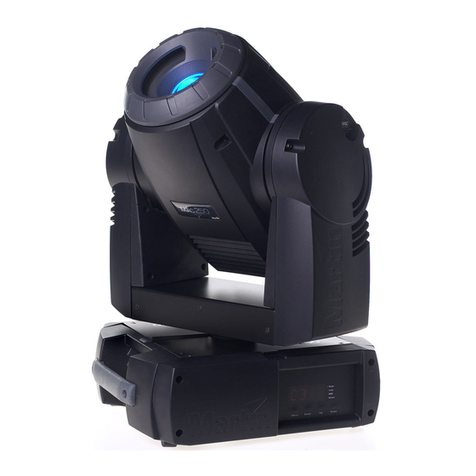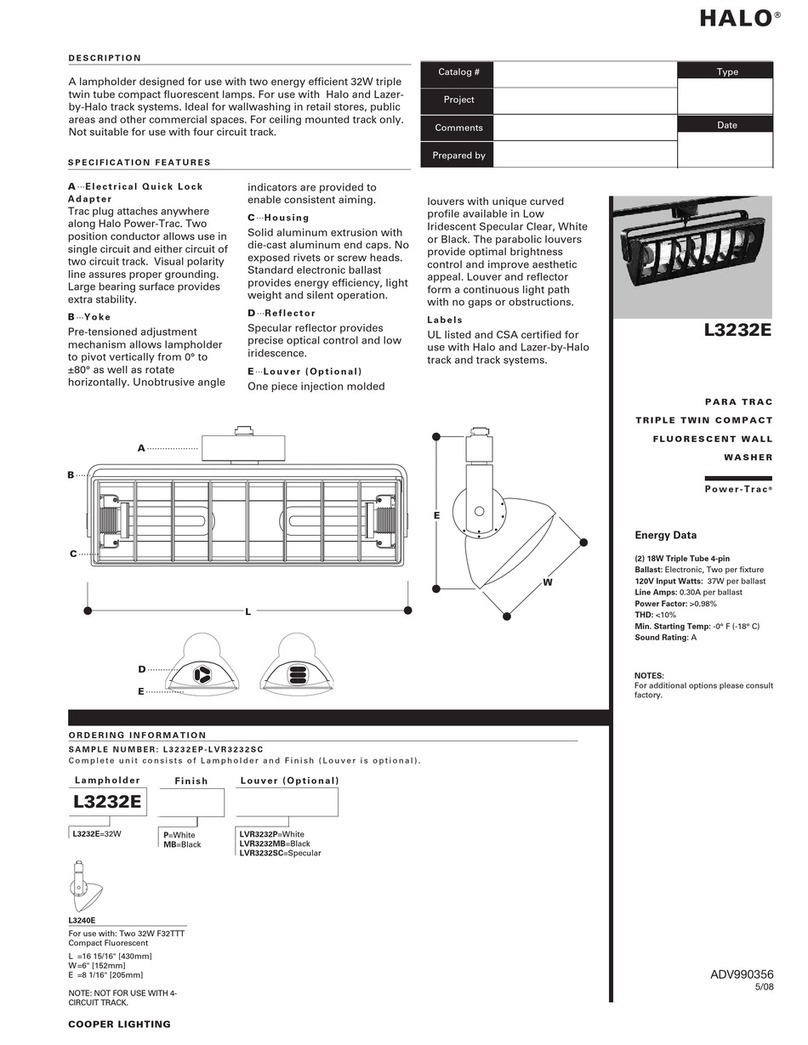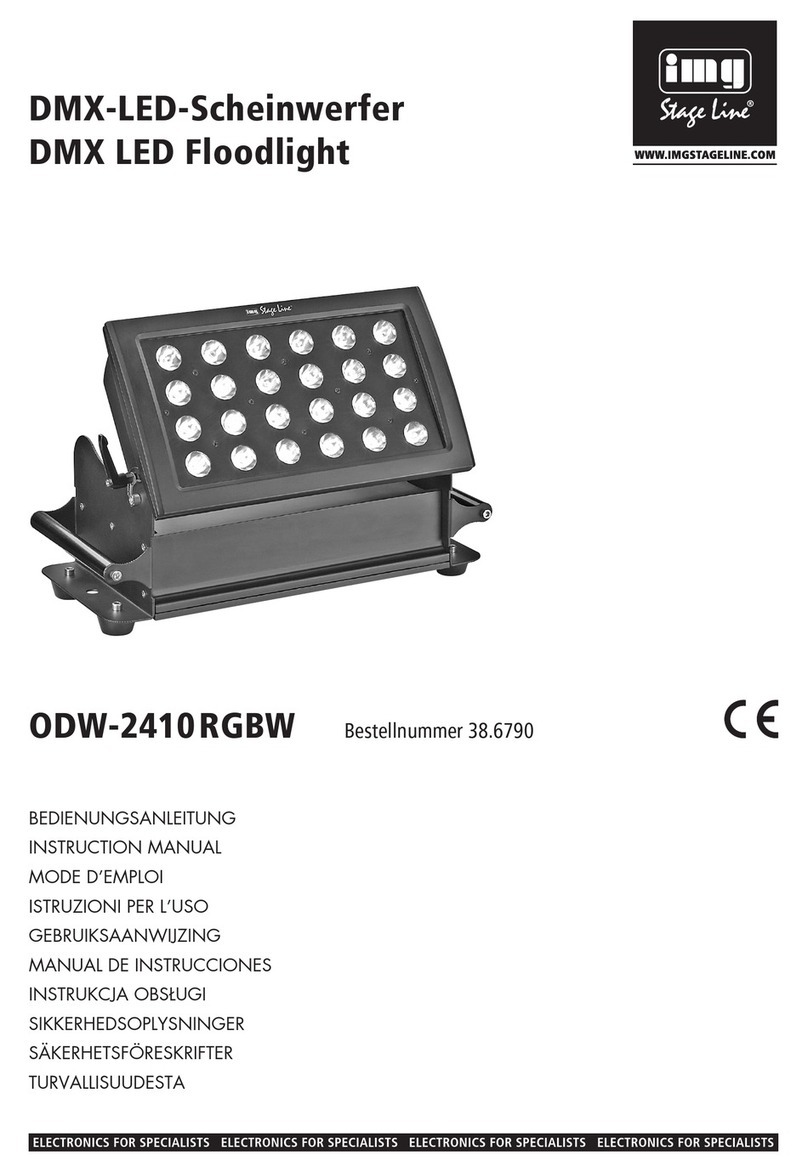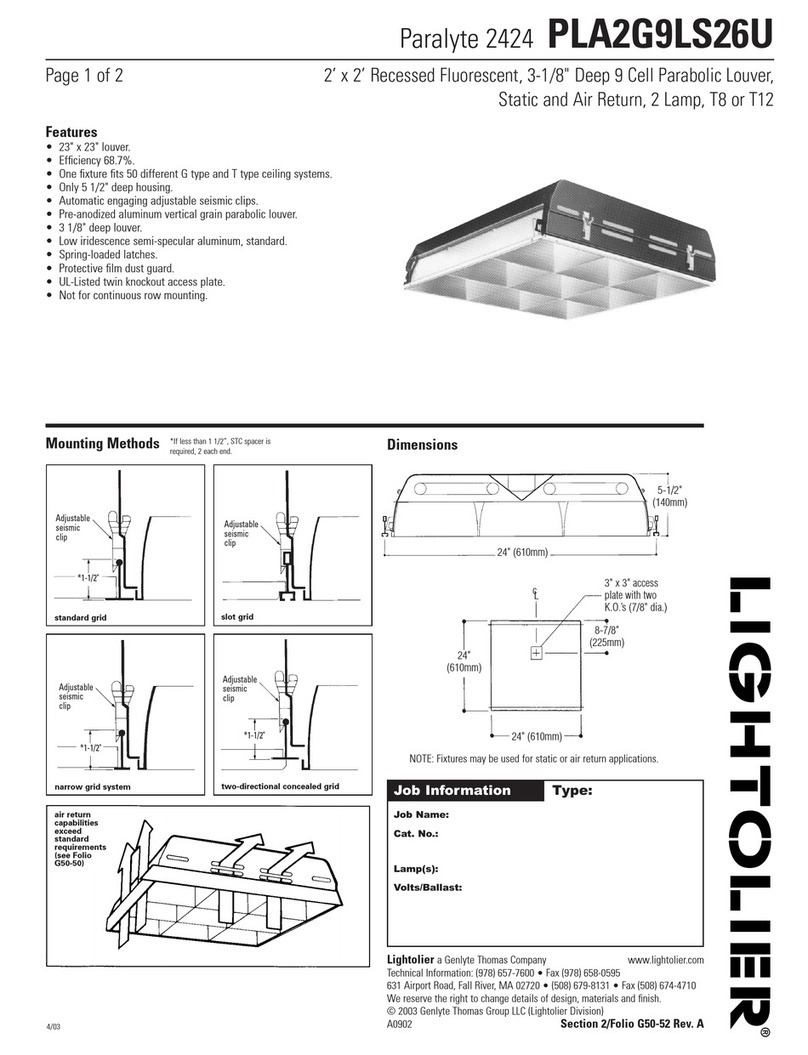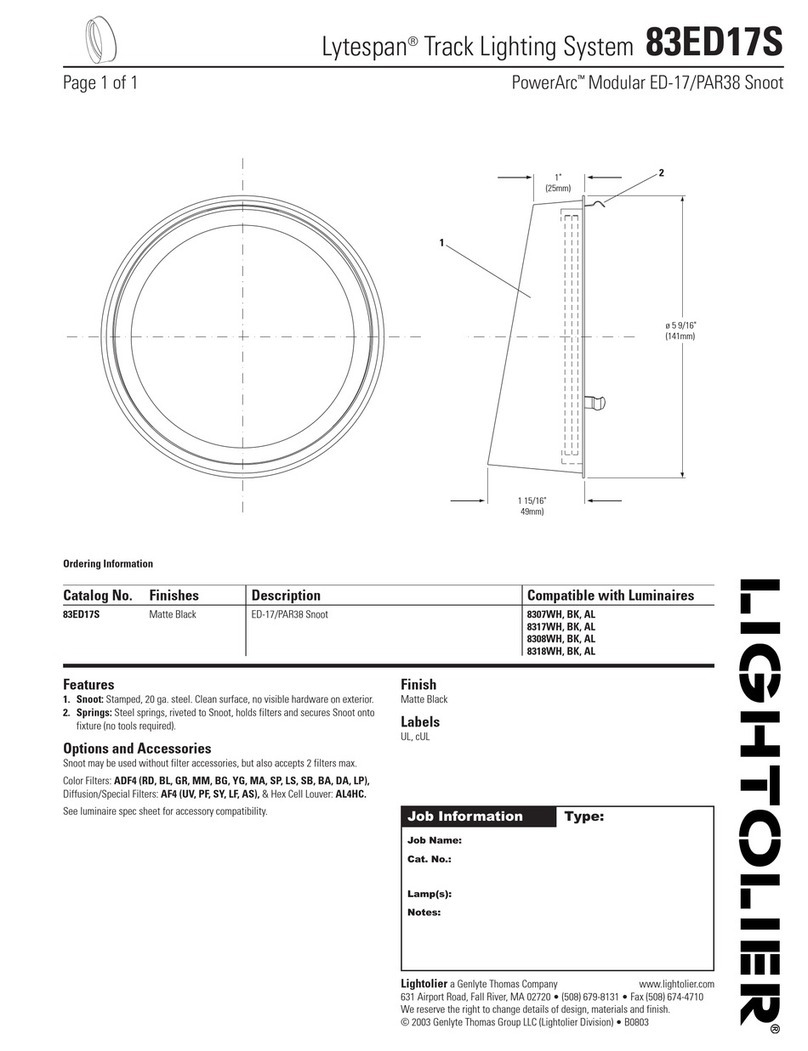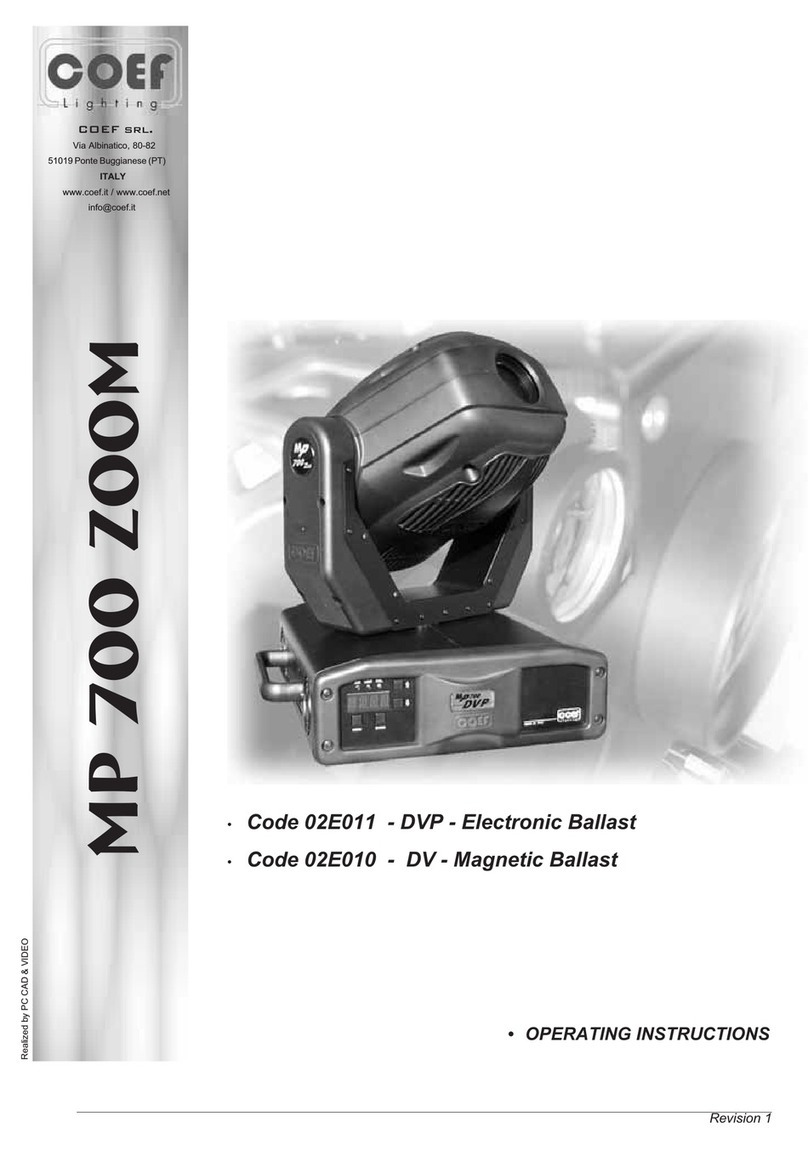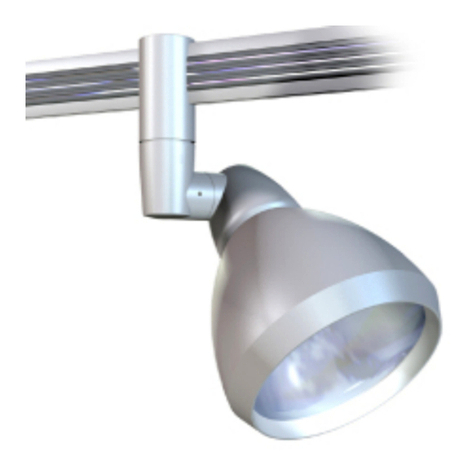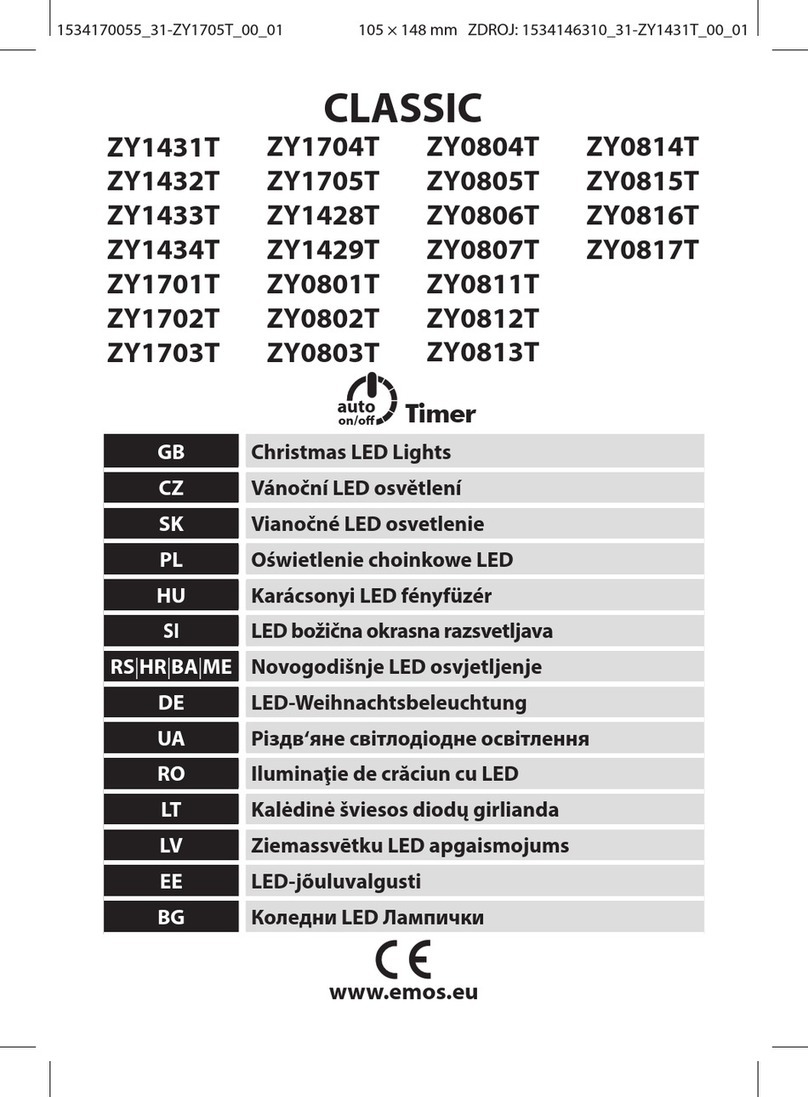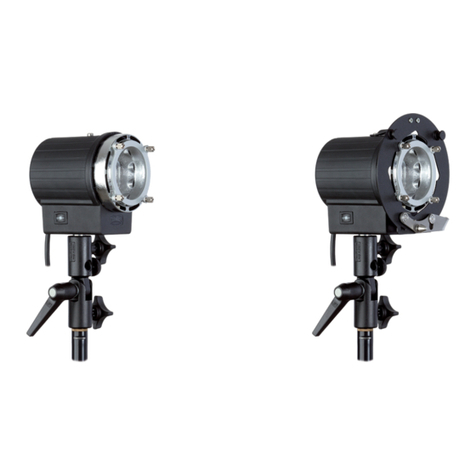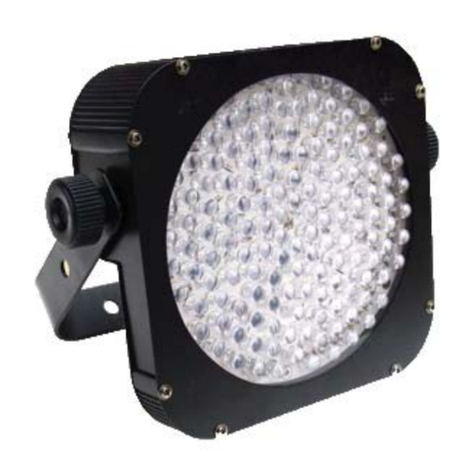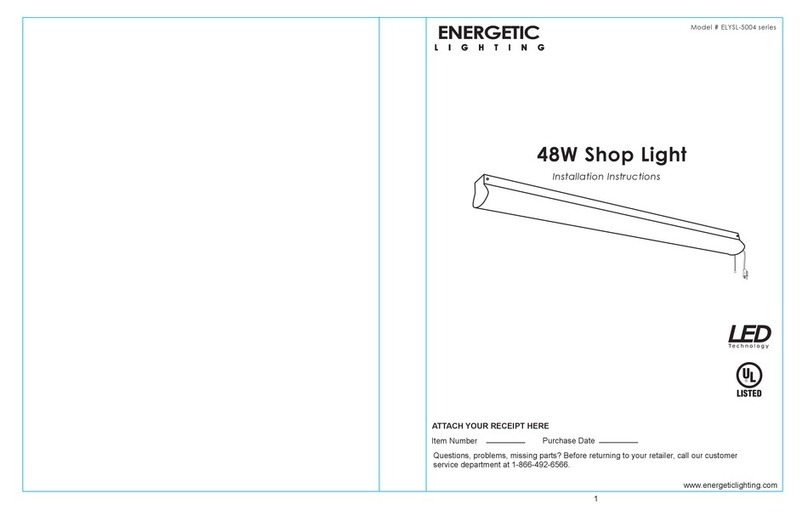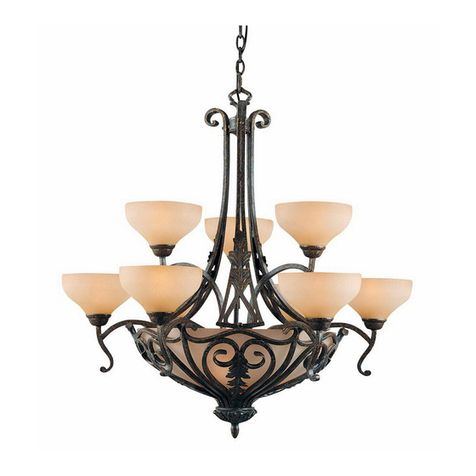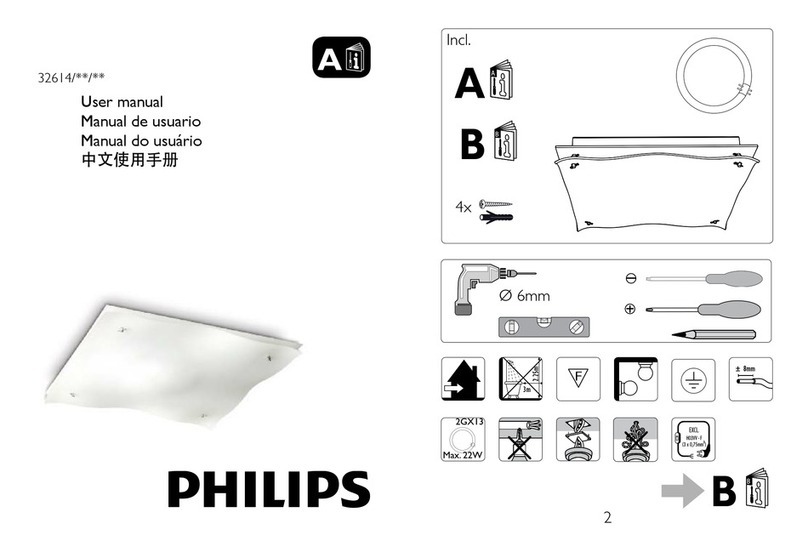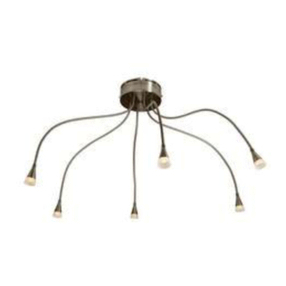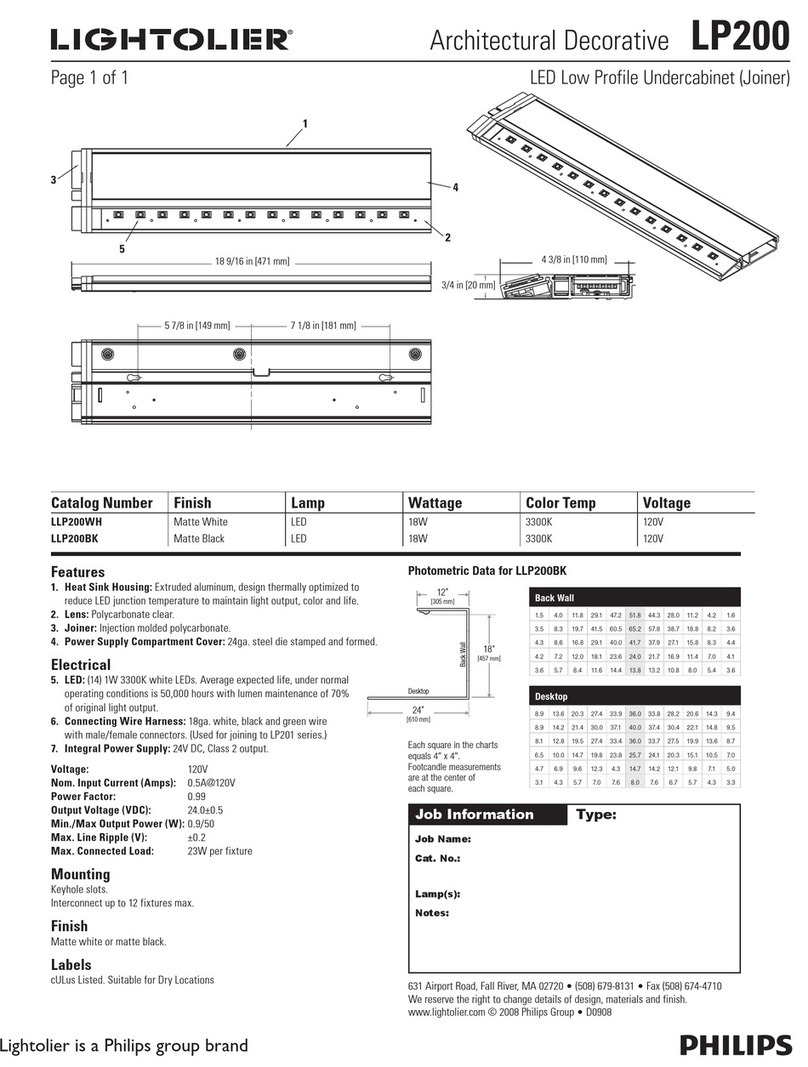On switching the projector on, the display will indicate the type of projector and the version of control software
which have been installed. To this purpose, please remember that this type of projector belongs to a new generation
of projectors, designed with the possibility of updating the software version through the normal DMX connection by
means of a programmer deliberately created: UNI-PROG 8.
After the indication MSTR HOME, the projector carries out the RESET and gets ready to be controlled from the
connected console.
The display will indicate 1 as default value. This means that the first channel occupied by the projector will re-
spond to the values sent to channel 1 by the DMX line. This also means that according to the total number of chan-
nels assigned to the projector by means of the CH89 function, MISC menu (see Table 4.1 Menu/Fuctions), we shall
be able to check the MP250 Zoom with the 1 to X channels (8 or 9 according to how the setting is) of the DMX line.
This enables us to make MP250 Zoom (which we are installing) completely independent from control or integral with
any other installed projector.
General Rules:
Refer to the Table of Section 4.1 in the following page.
By each pressure, Button MENU (E) permits to go backwards by one level.
GandH(DOWN and UP) buttons select functions and sub-functions.
Button F (ENTER) enters the function and confirms a control.
By pressing Button MENU (E) and buttons UP and DOWN (H and G) you can select the menu you have to mod-
ify.
Once the wished menu is reached, press Button F (ENTER) to confirm your selection and enter the function.
Press G or H to enter the sub-functions if available.
Always confirm your selection with ENTER.
Press MENU to go out of the function and press again to go back to the starting level.
Example: We installed our projector on the ceiling and for this reason we want the visualization of the display to
be correct.
•Press MENU
•Press H(UP) 11 times up to “MISC”
•Press ENTER the Display will show “RSET”
•Press H(UP) twice up to “DSPL”
•Press ENTER the Display will show “ONOF”
•Press H(UP) once up to “STRV”
•Press ENTER the Display will show “STND”; this is the actual configuration state.
•Press H(UP) once up to R.E.V..; the blinking point indicate the available configuration.
•Press ENTER ...... The Display visualization as been rotated to 180°.
•Press MENU 4 times to return to starting MENU.
On the front panel of MP250 Zoom you'll find a section for
the additional functions and for setting the projector.
Following the picture, you can see all the offered possibili-
ties in detail.
All operations are to be carried out with the E,F,G,Hbut-
tons, respectively indicated as MENU,ENTER,DOWN and
UP.
The display Dwill inform you about the selected functions.
The 3 A,B, and Cleds will allow you to know:
A= reception of the DMX line.
B= lamp ON.
C= errors indicated on the ERR table.
4.0 SPECIAL FUNCTIONS AND PROJECTOR ASSIGNMENT
The indication of the display will automatically come back after 120 sec. and inform on the set starting channel
DMX. If we are now in a sub-function, this automatic device will not assume control.

